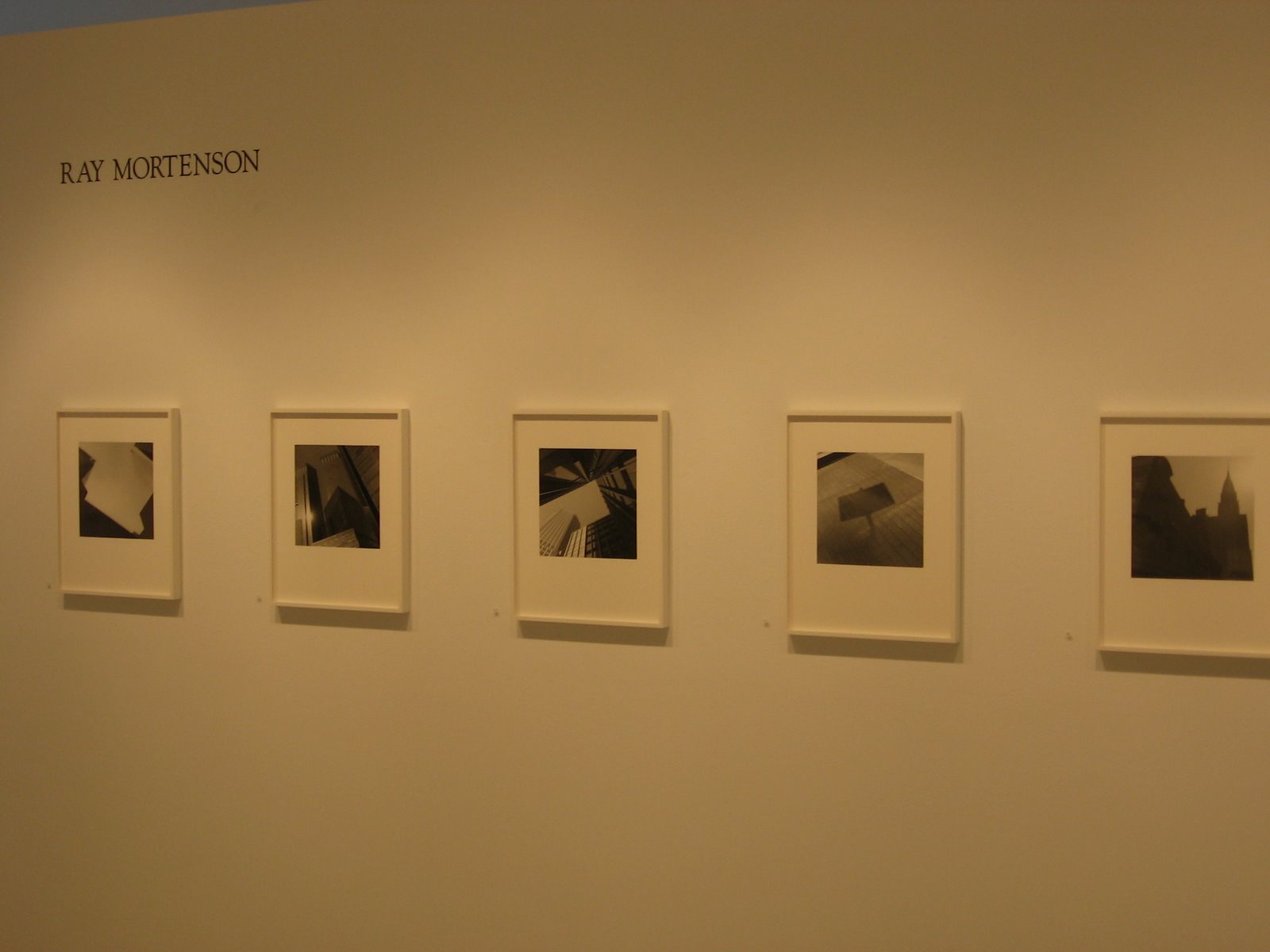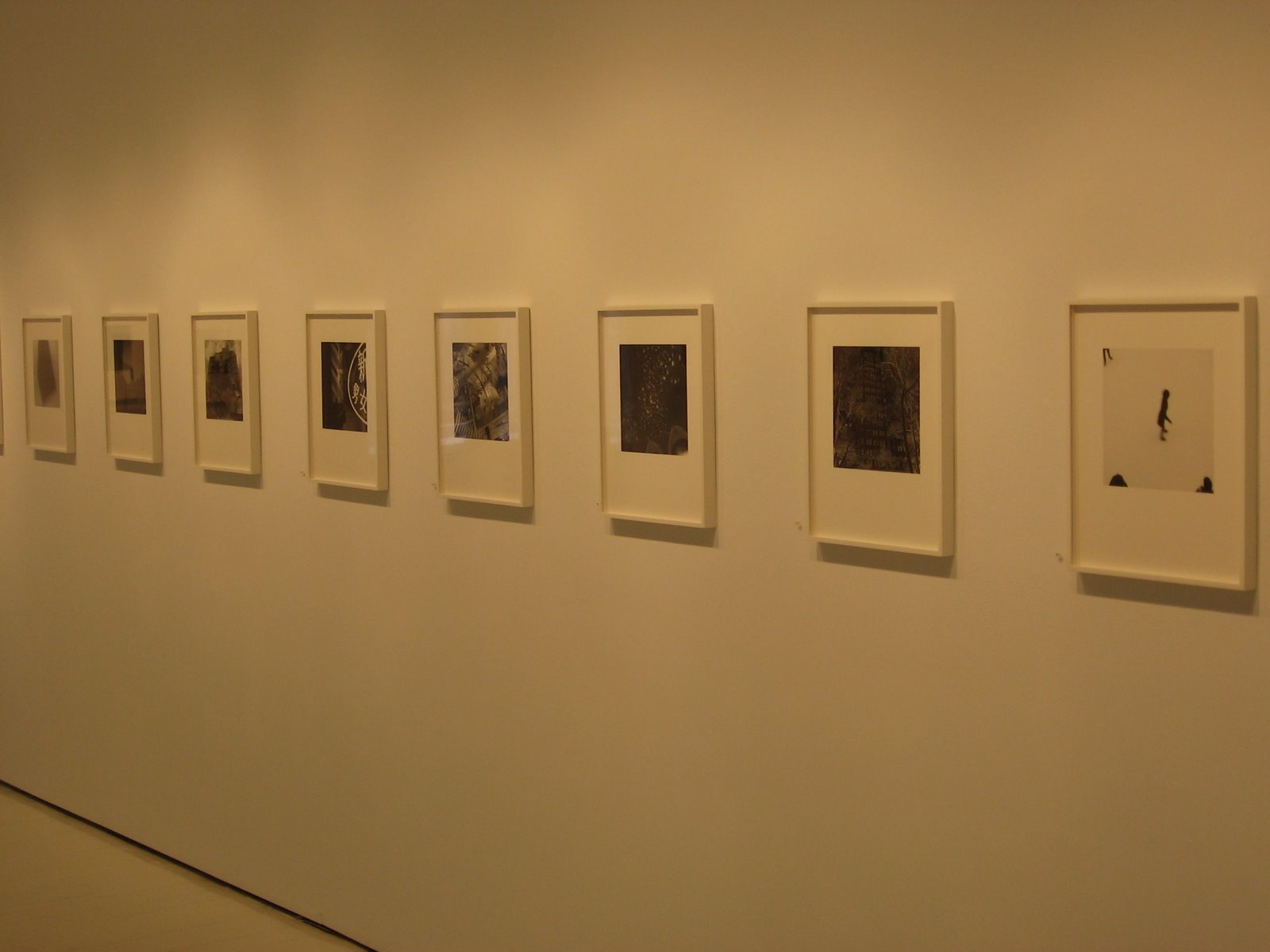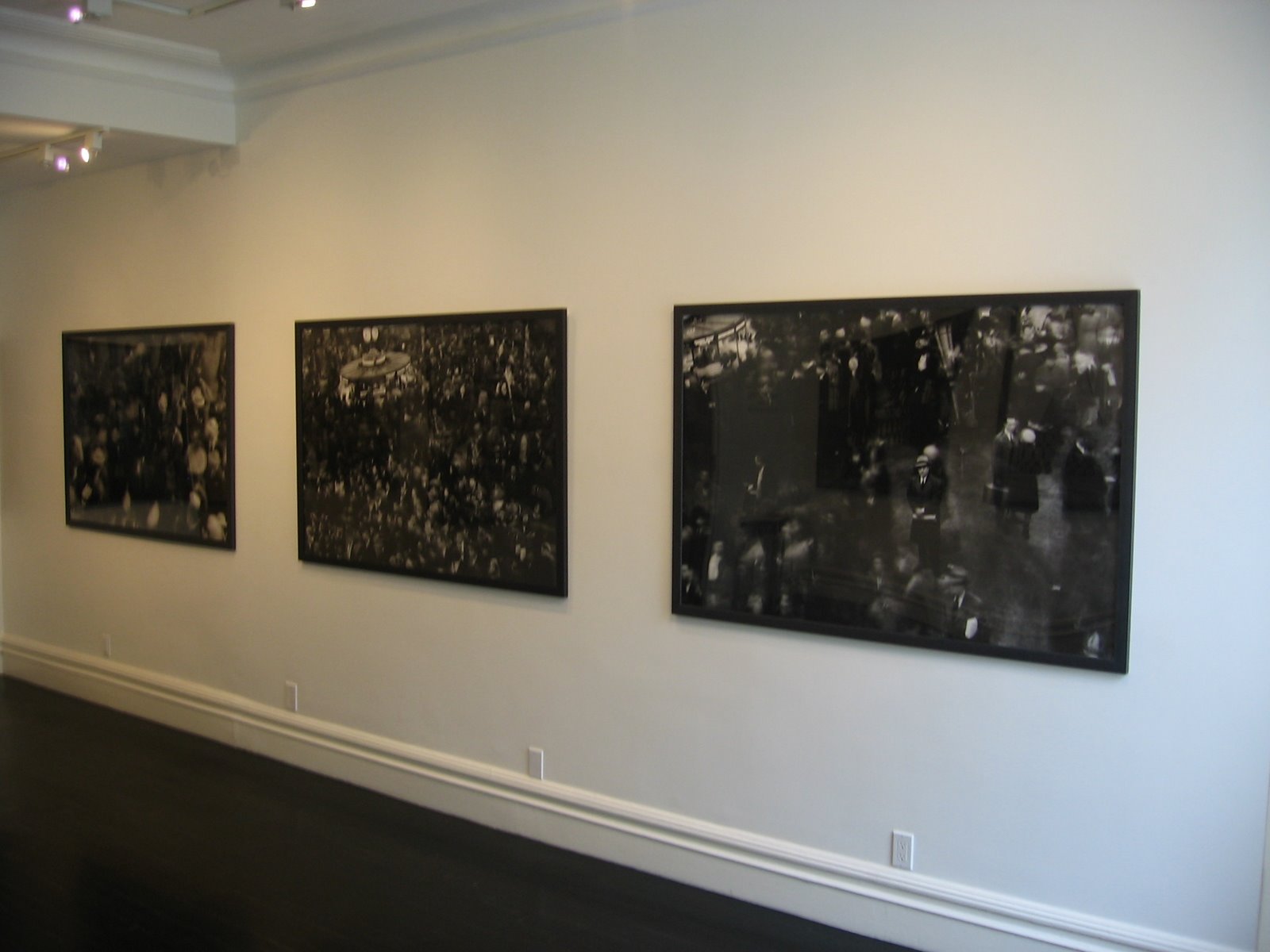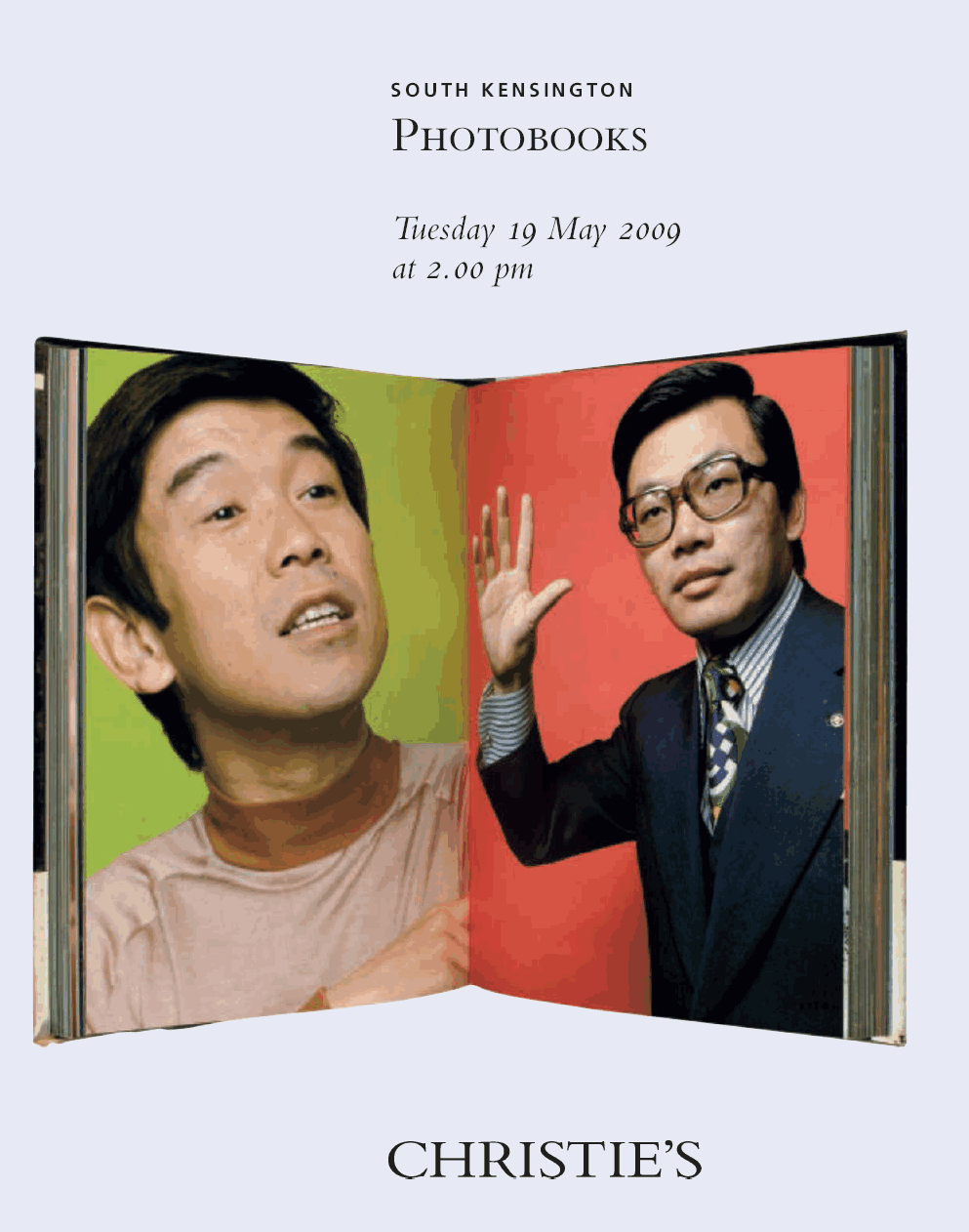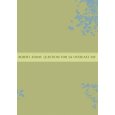There is a terrific post called Keeping Private Collections Private at Edward Winkleman today which tackles the tricky issues of gallery conflict and private information flow. While the piece admirably works through most of the salient points, I’d like to add a few collector-focused nuances. (It probably makes sense to read his post first if you haven’t already, as these comments build on the context of his discussion.)
When we, as collectors, get interested in a certain artist’s work, we tend to do our homework. This means that while we may have been introduced to the work at one gallery, it is not at all unusual for us to contact half a dozen other galleries around the world who carry work by this artist, in search of that single piece that we find most appealing. We do this not to “go around” our local or preferred dealer, but because the reality is that work is unevenly distributed in the market, and our favorite piece may just as likely be in Los Angeles, Chicago, Berlin or London as in New York.
For photographers who are no longer living, this is particularly true: in searching out prints by Bill Brandt or Imogen Cunningham for example, we have talked with the galleries that represent their estates, but also with literally dozens of others who may have had a piece at one time or another. For living artists, the search area tends to be smaller (perhaps a handful of galleries), but even in this case, certain galleries resonate with certain bodies of work more than others or certain dealers only carry certain sizes, and so it isn’t unreasonable to check with all of them, even if there might be quite a bit of overlap. A byproduct of this search is often some surprising information about pricing, showing works from the same edition priced differently in different markets. Once we have all the data, we can then decide from whom we might want to make a purchase, armed with quite a bit more context about the reality of the overall situation (perhaps knowing that there are multiple options or perhaps knowing that there is only one print that we really want).
At this point, all else equal, we would certainly prefer to patronize our favorite dealers (most collectors feel the same way I imagine). But the reality is that more often than not, all else is not equal, and the piece we want most is somewhere else. I think the argument about supporting your “local” dealer goes along an entirely different plane. This line of thinking centers on supporting businesses that you like and want to succeed, keeping dollars in your local community, and making sure neighborhood storefronts have galleries in them rather than big box stores. And if as a collector, you can find a way to balance finding the work you want with supporting the local gallery, this is a great outcome. But being harassed by your local dealer for buying elsewhere seems shortsighted and/or naïve on his/her part (I entirely agree with the argument as put forth in the original post), as if you’re local, you’ll almost certainly be back in the future.
Over the years, we have seen that collectors seem to fall into one of two buckets. One group selects two or three primary dealers and funnels nearly all of their buying through these galleries, building up deep trust relationships over time. Often they ask them to search out certain works for their collections or use the dealers to bid for them at auction. These collectors work in partnership with these galleries to build their collections over a long time scale. In return for the focused attention by the dealer, there are expectations that a collector will buy if not frequently at least consistently.
The other group (to which we belong) feels comfortable interacting with a wide range of dealers from all over the world, and so we tend to do our own searching and comparing, rather than having a specific dealer present us with a prescreened set of choices. For us, the hunting and gathering process is actually the fun part, and we don’t mind investing the time to do the leg work and go down plenty of blind alleys. This makes us less “loyal” to any one dealer or gallery, but more likely to build up a broader group of galleries that we patronize from time to time. The danger of this approach is that the very best pieces may be offered to the key clients first, leaving us to pick up what is left over. So part of our challenge is to make sure we stay well connected to the galleries that have the kind of material we like, so that we stay “top of mind” when a new piece becomes available. Buying history undoubtedly influences access to new work.
The final topic covered in this post is keeping buying information private. I think the post does an excellent job of making clear that the art world is a small universe and gossip and information are important currencies flowing in all directions (back to the word-of-mouth effects I was discussing yesterday). There is no way to change this, so collectors must find ways to comfortably handle the natural information exchange that goes on. We certainly understand the desire to have confidentiality. But we have also found that being open and sharing our collection (via this site and our collection site) has created all sorts of unexpected opportunities and relationships, and that these positives have vastly outweighed any negatives associated with posting our collection on the Internet. Galleries and dealers now need only look at our site to know what we are interested or what we have bought recently. This enables much deeper and more relevant discussions to happen more quickly, with less time spent on preliminaries that aren’t a fit.
I do agree that if confidentiality is paramount to a collector, they need only to make this clear to the dealer and the information will with all likelihood stay secret (as no gallery owner is looking to overtly anger a client). But while there is something more than a little distasteful about prices being bandied about, in the end, the art world information machine can be turned to a collector’s advantage by learning how to leverage it. In our experience, the more people that have a clear understanding of what we’re interested in, the more likely it is that we will be exposed to work that lights up our eyes. If that comes from one dealer telling another we bought a certain piece for a certain price, then so be it.



